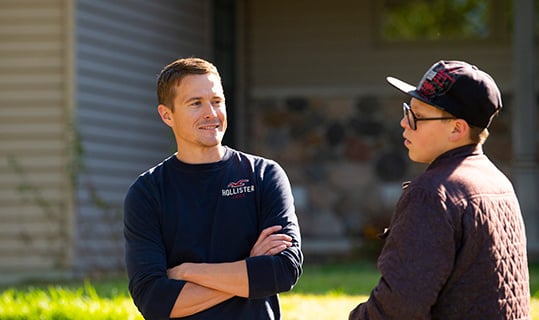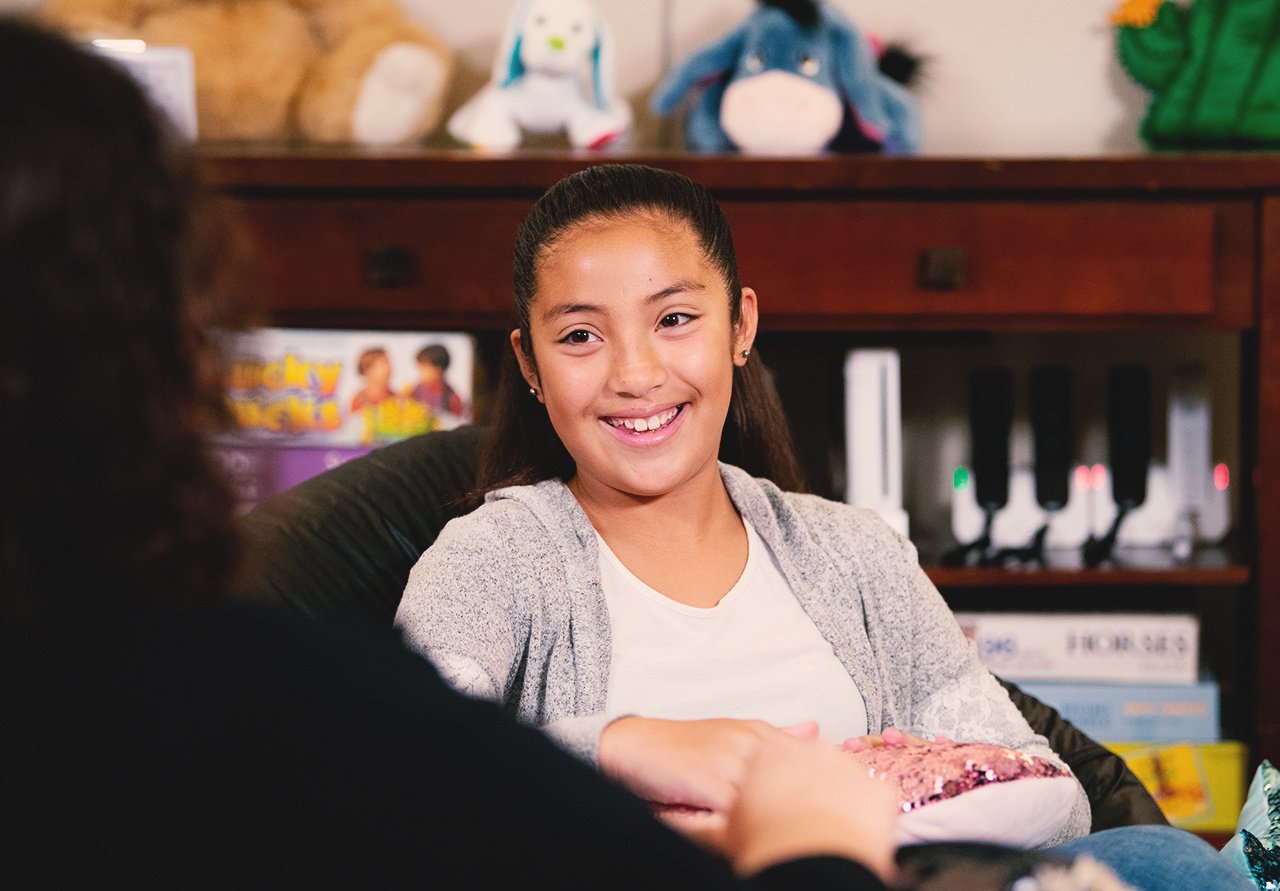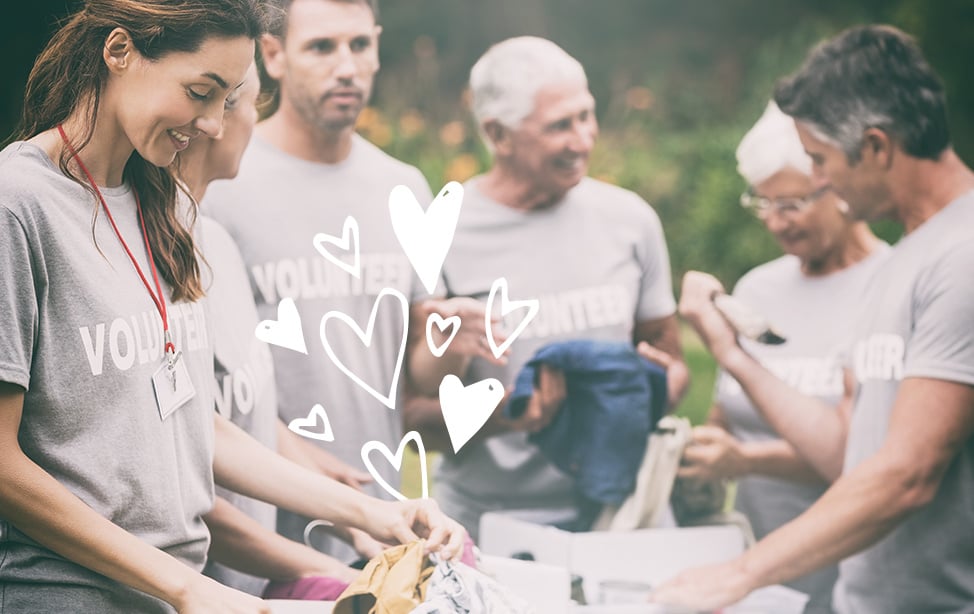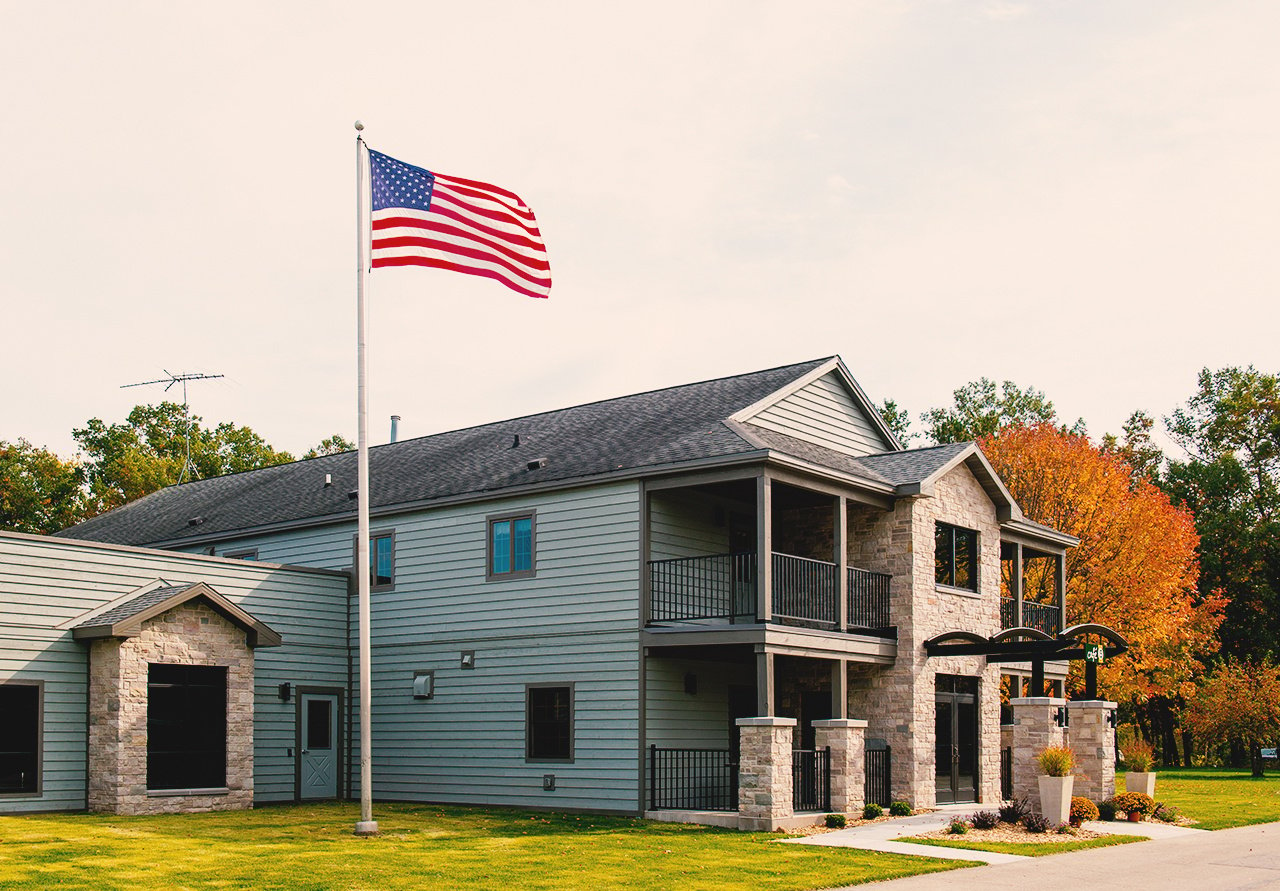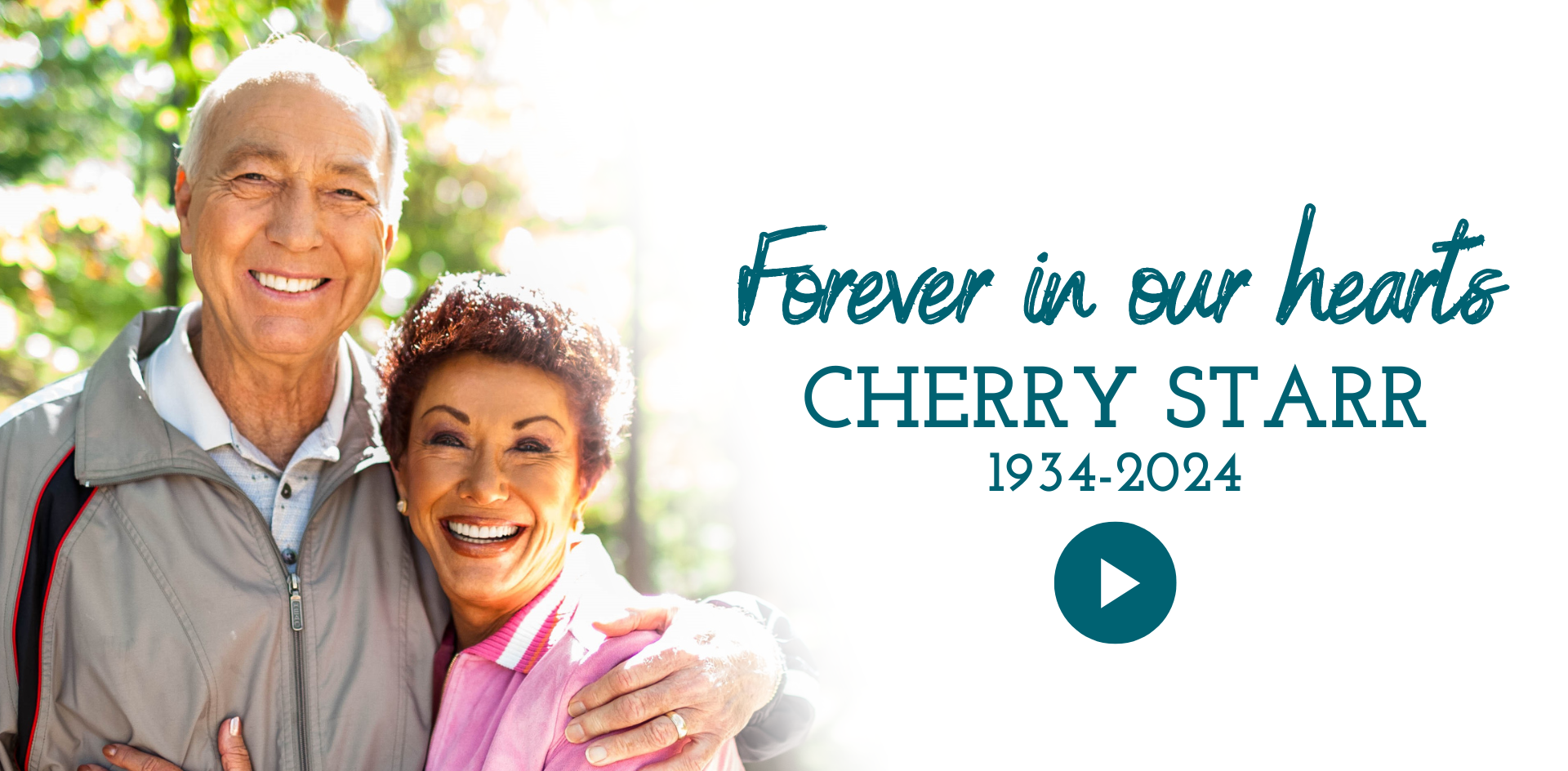Your monetary gift or car donation is more than charity.
It’s a lifeline.
Many of the youth who come to Rawhide are in real danger. From themselves, others around them or their living situations. Your support does more than help them find peace or stability. Your donations mean real lives saved.
